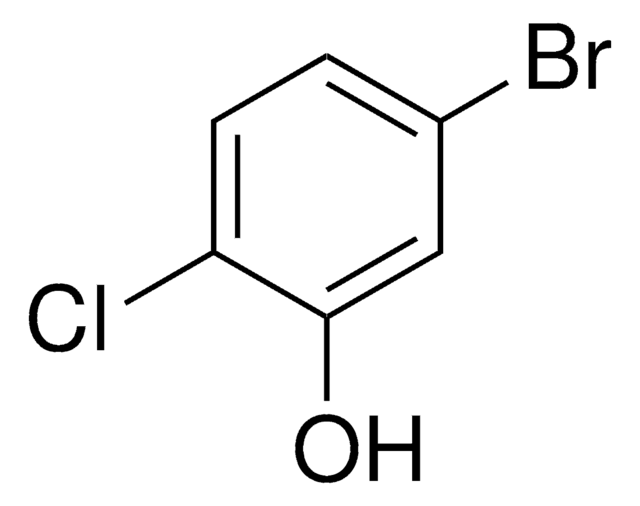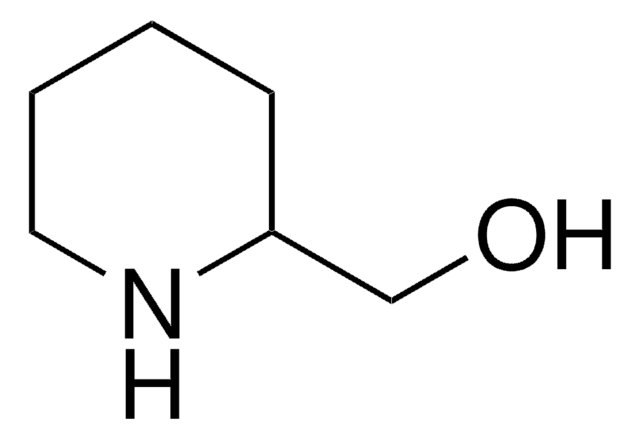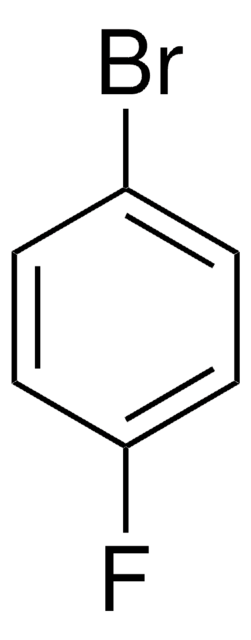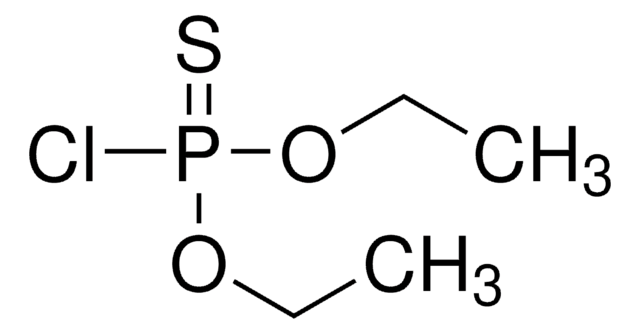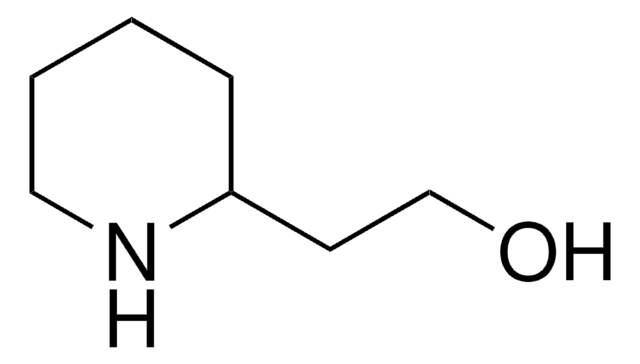About This Item
Recommended Products
Quality Level
assay
99%
form
fibers
bp
232-235 °C (lit.)
mp
47-49 °C (lit.)
functional group
bromo
chloro
SMILES string
Oc1ccc(Br)cc1Cl
InChI
1S/C6H4BrClO/c7-4-1-2-6(9)5(8)3-4/h1-3,9H
InChI key
VIBJPUXLAKVICD-UHFFFAOYSA-N
Looking for similar products? Visit Product Comparison Guide
Related Categories
General description
Application
[b][1,4]oxazin derivatives.
signalword
Warning
hcodes
Hazard Classifications
Eye Irrit. 2 - Skin Irrit. 2 - STOT SE 3
target_organs
Respiratory system
Storage Class
11 - Combustible Solids
wgk_germany
WGK 3
flash_point_f
235.4 °F - closed cup
flash_point_c
113 °C - closed cup
ppe
dust mask type N95 (US), Eyeshields, Gloves
Choose from one of the most recent versions:
Certificates of Analysis (COA)
Don't see the Right Version?
If you require a particular version, you can look up a specific certificate by the Lot or Batch number.
Already Own This Product?
Find documentation for the products that you have recently purchased in the Document Library.
Our team of scientists has experience in all areas of research including Life Science, Material Science, Chemical Synthesis, Chromatography, Analytical and many others.
Contact Technical Service
